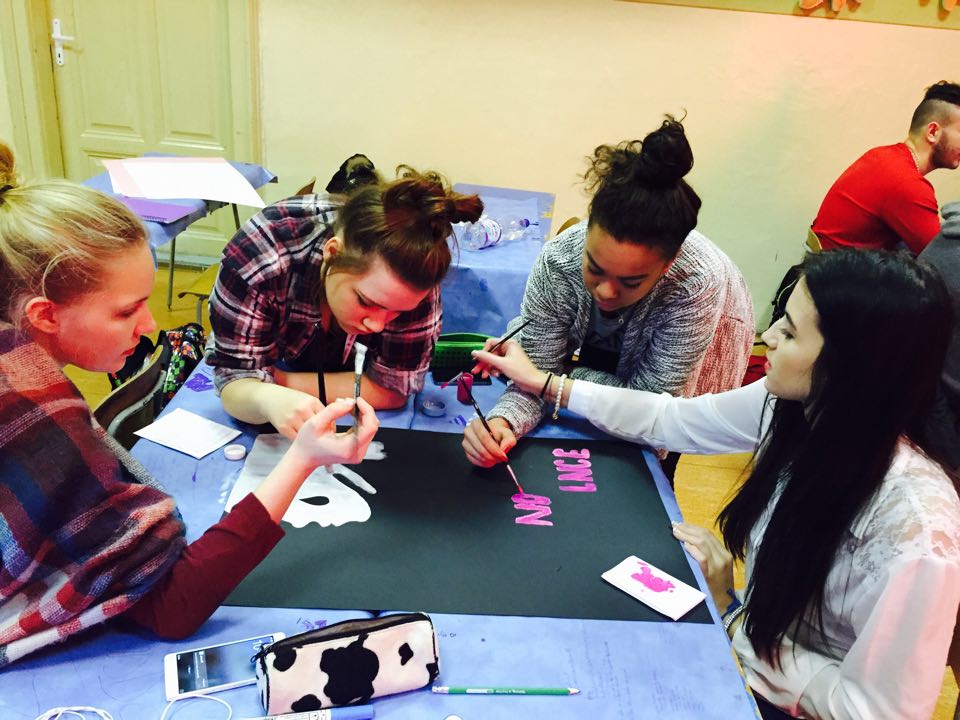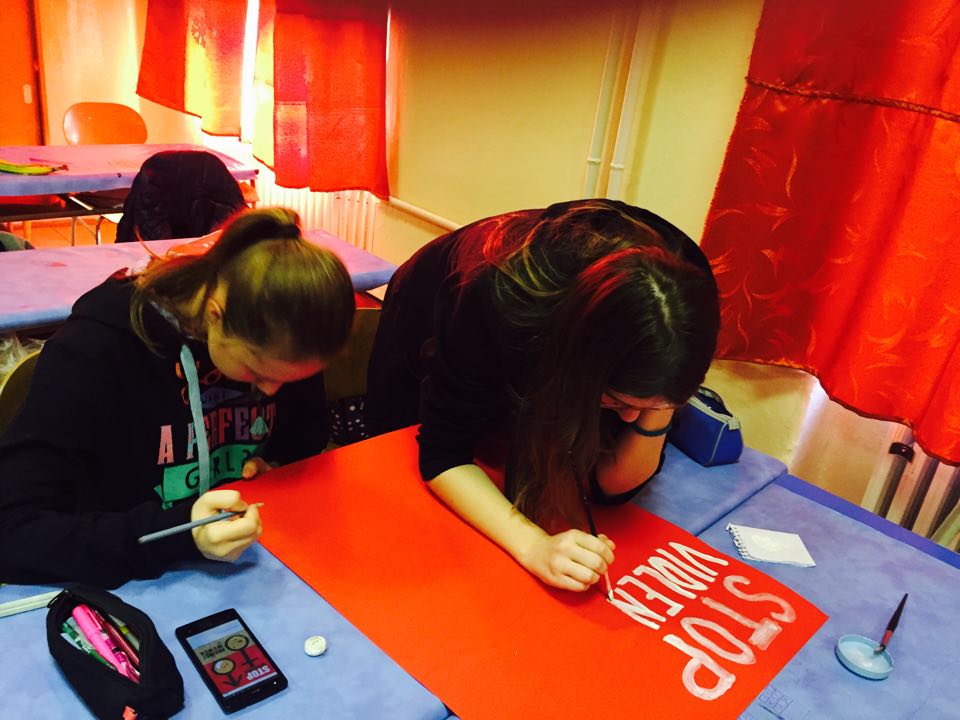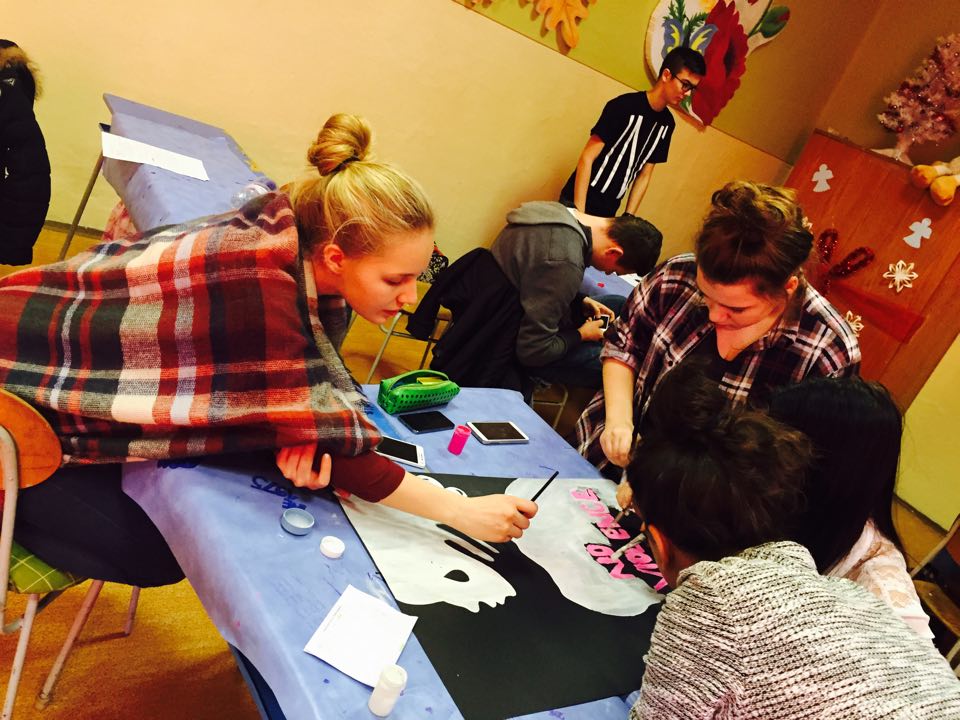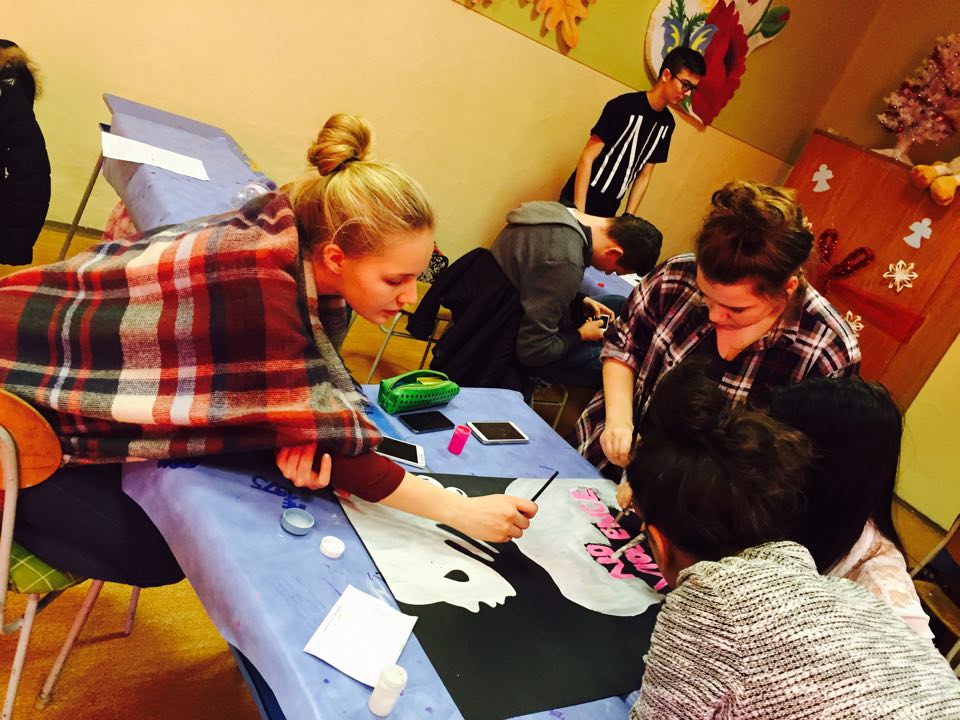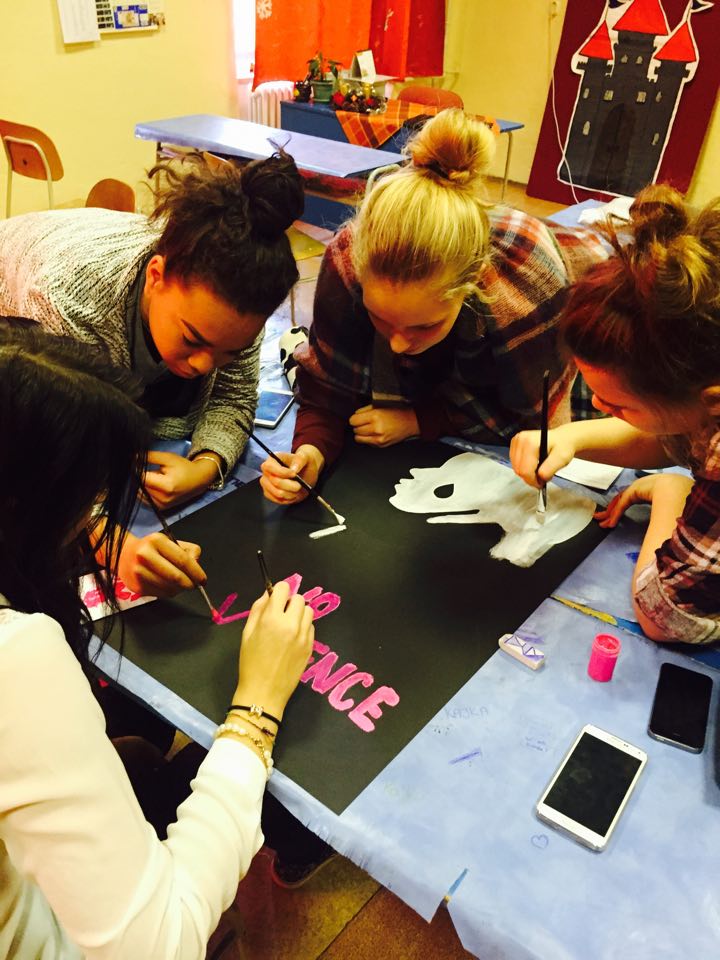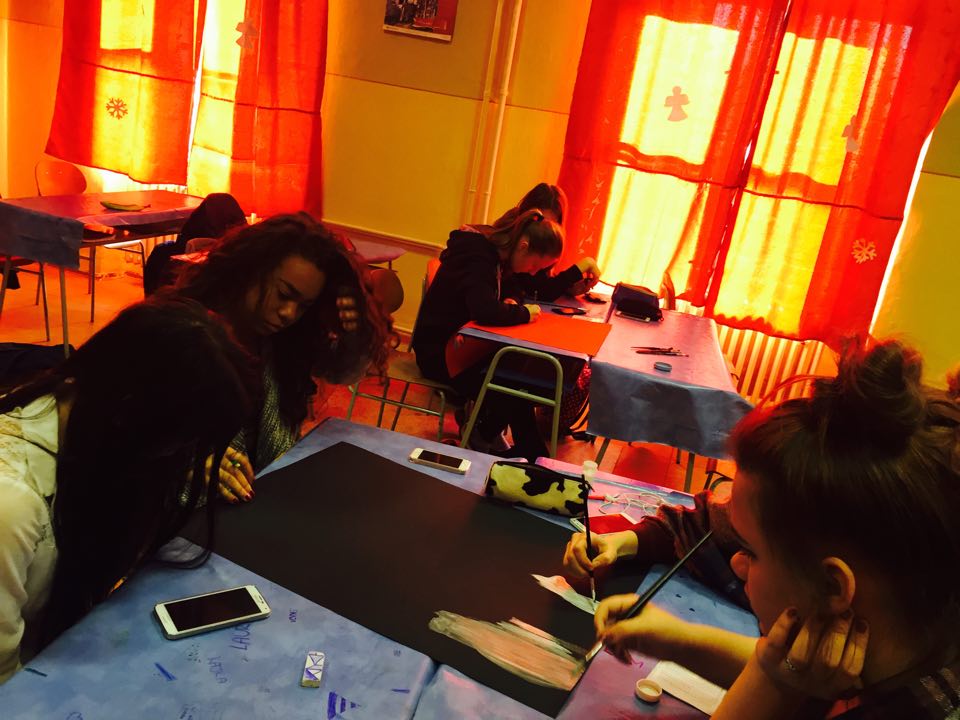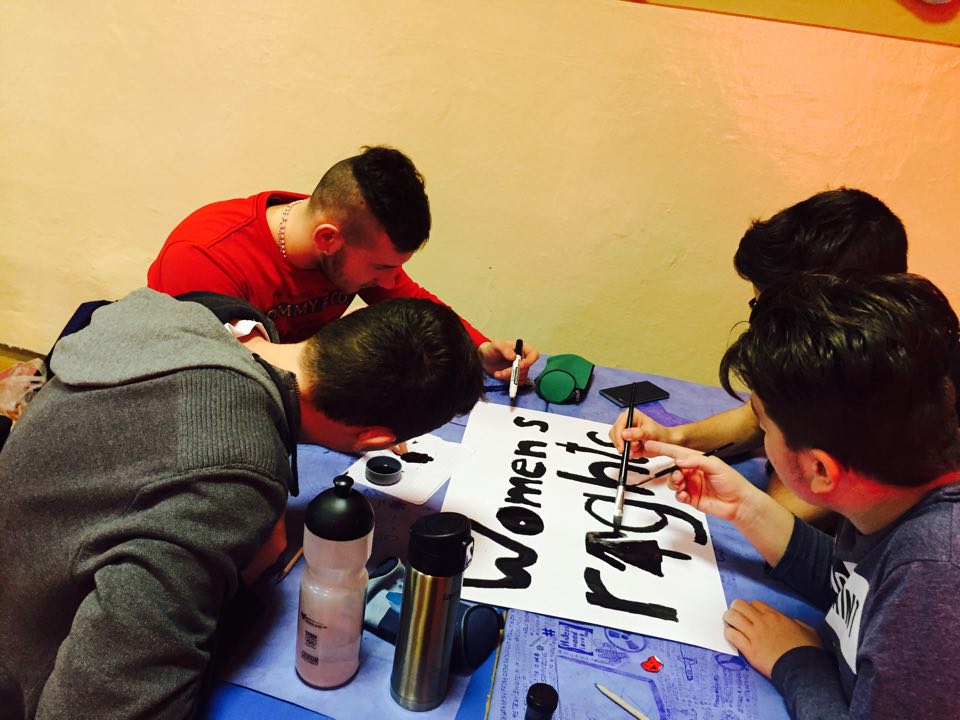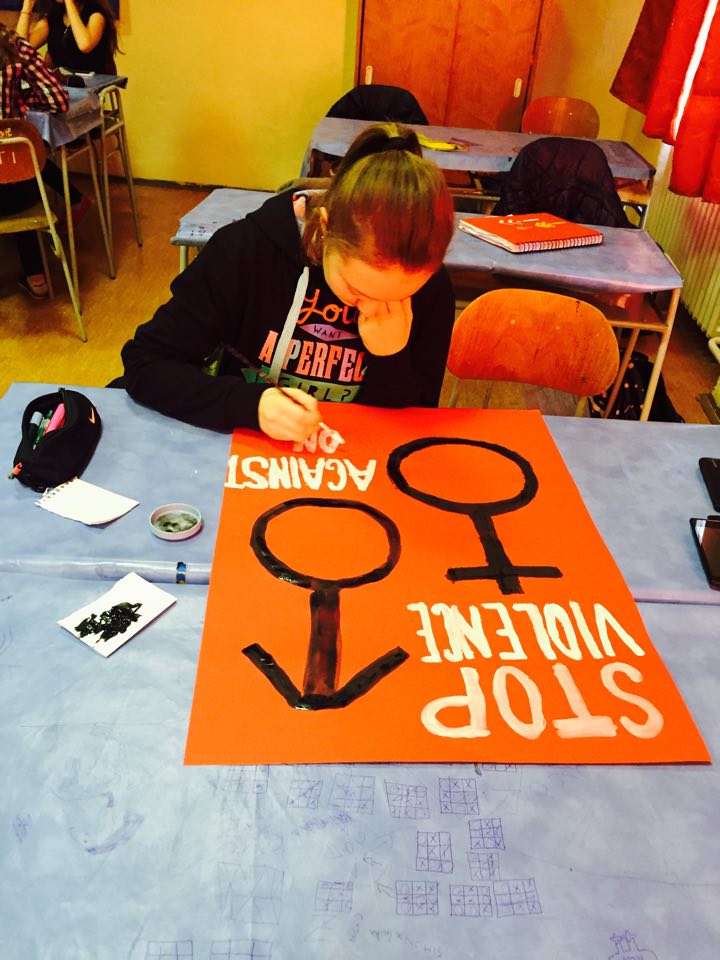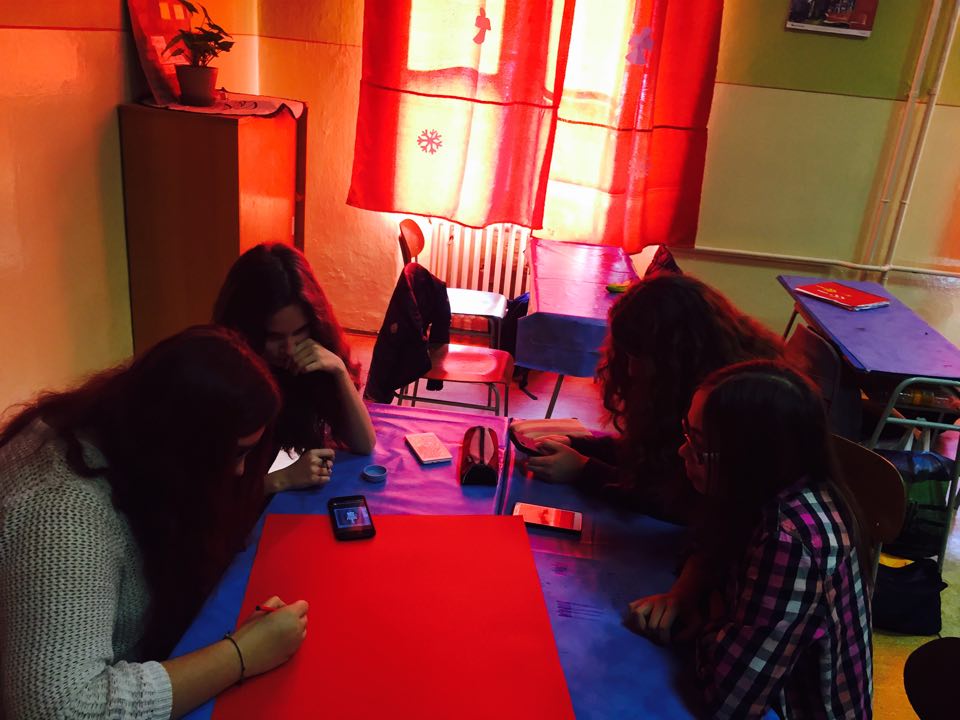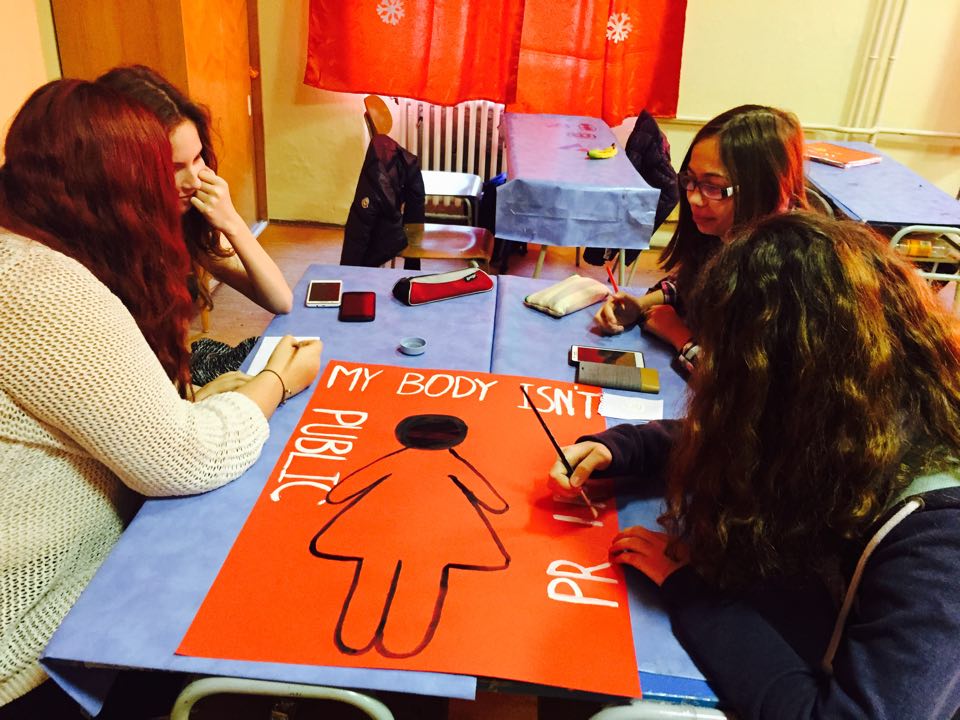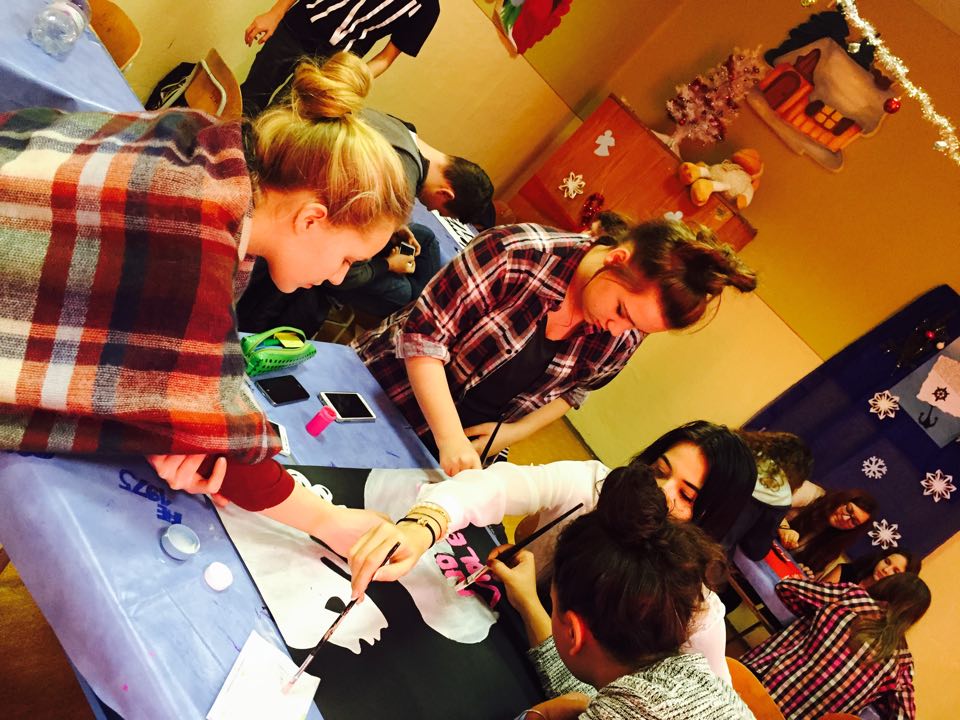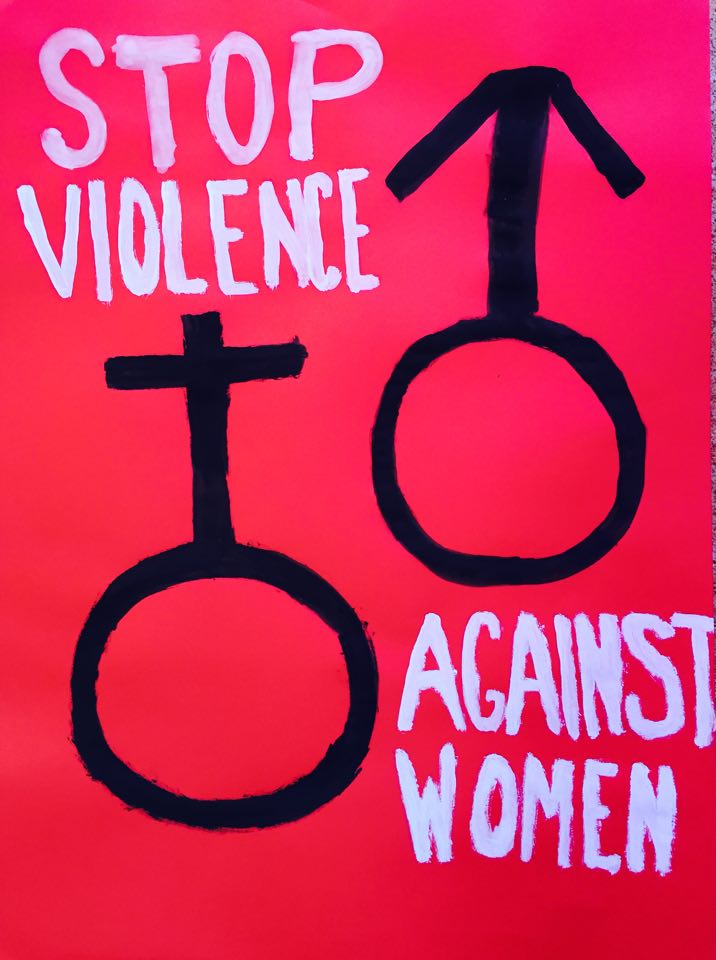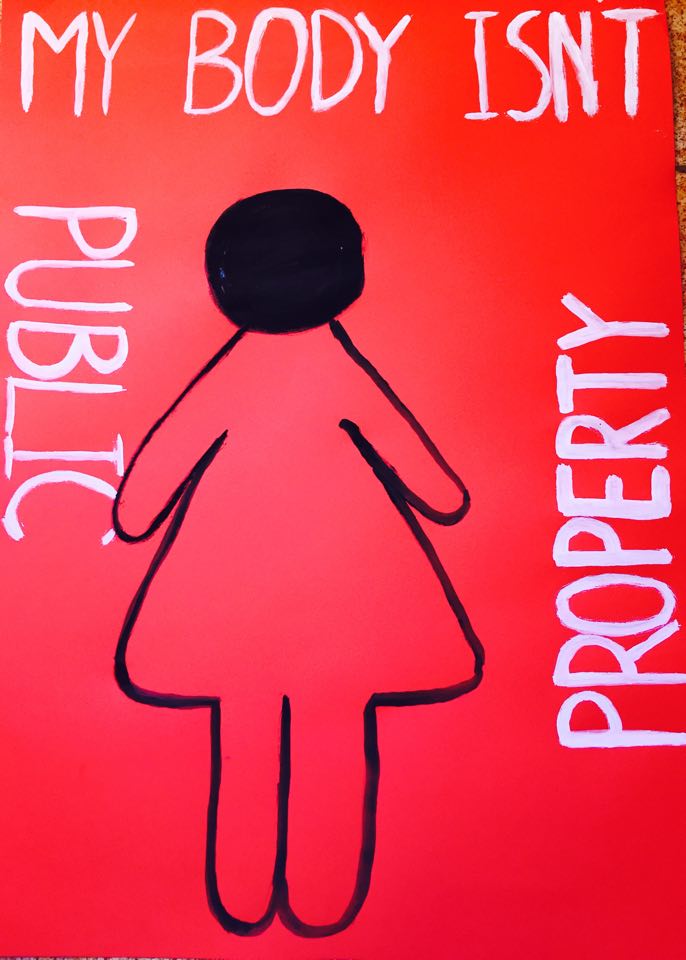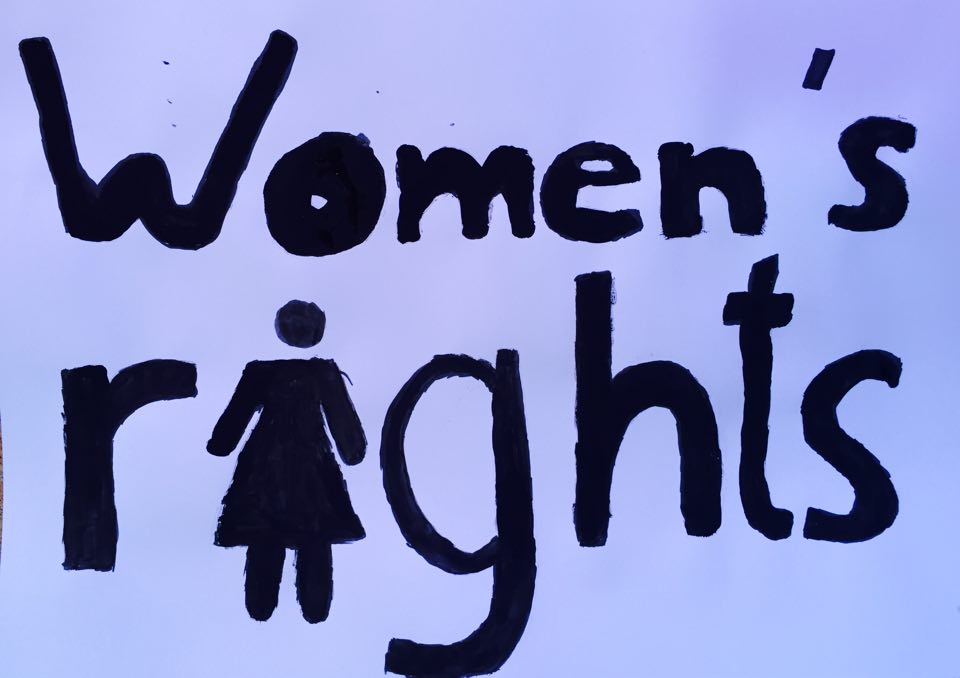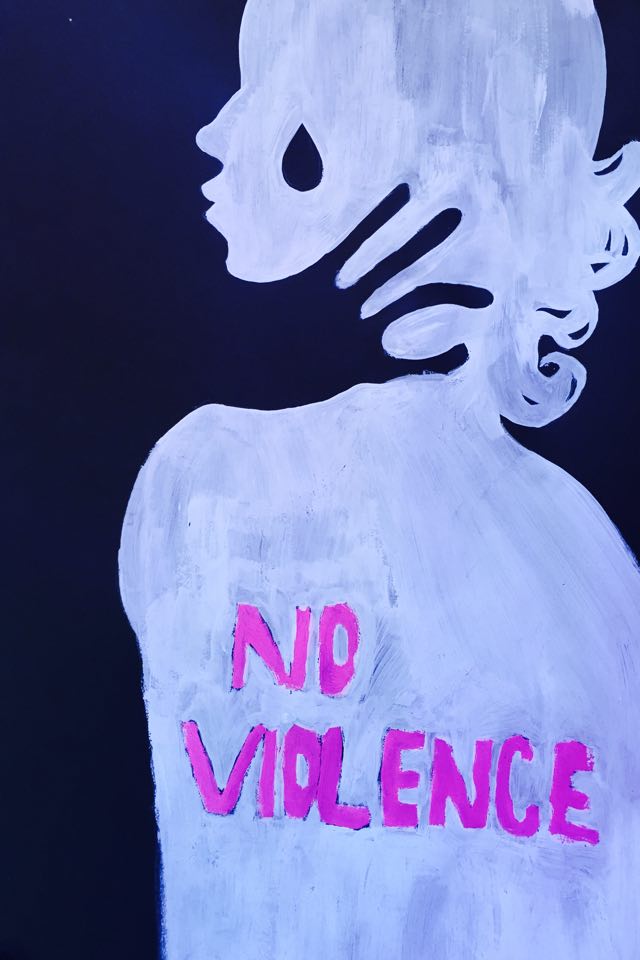Violence against women
The United Nations defines violence against women as "any act of gender-based violence that results in, or is likely to result in, physical, sexual or mental harm or suffering to women, including threats of such acts, coercion or arbitrary deprivation of liberty, whether occurring in public or in private life."
Intimate partner violence refers to behaviour by an intimate partner or ex-partner that causes physical, sexual or psychological harm, including physical aggression, sexual coercion, psychological abuse and controlling behaviours.
Sexual violence is "any sexual act, attempt to obtain a sexual act, or other act directed against a person’s sexuality using coercion, by any person regardless of their relationship to the victim, in any setting. It includes rape, defined as the physically forced or otherwise coerced penetration of the vulva or anus with a penis, other body part or object."
Key facts:
- Violence against women - particularly intimate partner violence and sexual violence - are major public health problems and violations of women's human rights.
- Recent global prevalence figures indicate that about 1 in 3 (35%) of women worldwide have experienced either physical and/or sexual intimate partner violence or non-partner sexual violence in their lifetime.
- Most of this violence is intimate partner violence. Worldwide, almost one third (30%) of women who have been in a relationship report that they have experienced some form of physical and/or sexual violence by their intimate partner.
- Globally, as many as 38% of murders of women are committed by an intimate partner.
- Violence can negatively affect women’s physical, mental, sexual and reproductive health, and may increase vulnerability to HIV.
- Factors associated with increased risk of perpetration of violence include low education, child maltreatment or exposure to violence in the family, ha
- Situations of conflict, post conflict and displacement may exacerbate existing violence, such as by intimate partners, and present additional forms of violence against women.
- rmful use of alcohol, attitudes accepting of violence and gender inequality.
- Factors associated with increased risk of experiencing intimate partner and sexual violence include low education, exposure to violence between parents, abuse during childhood, attitudes accepting violence and gender inequality.
- There is evidence from high-income settings that school-based programmes may be effective in preventing relationship violence (or dating violence) among young people.
- In low-income settings, primary prevention strategies, such as microfinance combined with gender equality training and community-based initiatives that address gender inequality and relationship skills, hold promise.
Intimate partner violence refers to behaviour by an intimate partner or ex-partner that causes physical, sexual or psychological harm, including physical aggression, sexual coercion, psychological abuse and controlling behaviours.
Sexual violence is "any sexual act, attempt to obtain a sexual act, or other act directed against a person’s sexuality using coercion, by any person regardless of their relationship to the victim, in any setting. It includes rape, defined as the physically forced or otherwise coerced penetration of the vulva or anus with a penis, other body part or object."
Activities against discrimination and violence
Both partner schools have discussed this issue and did a worskhop and made posters and films where they express they do not support violence against women and support women´s fight against violence against women. Here are results of their antiviolence activities:
Italian work and video:
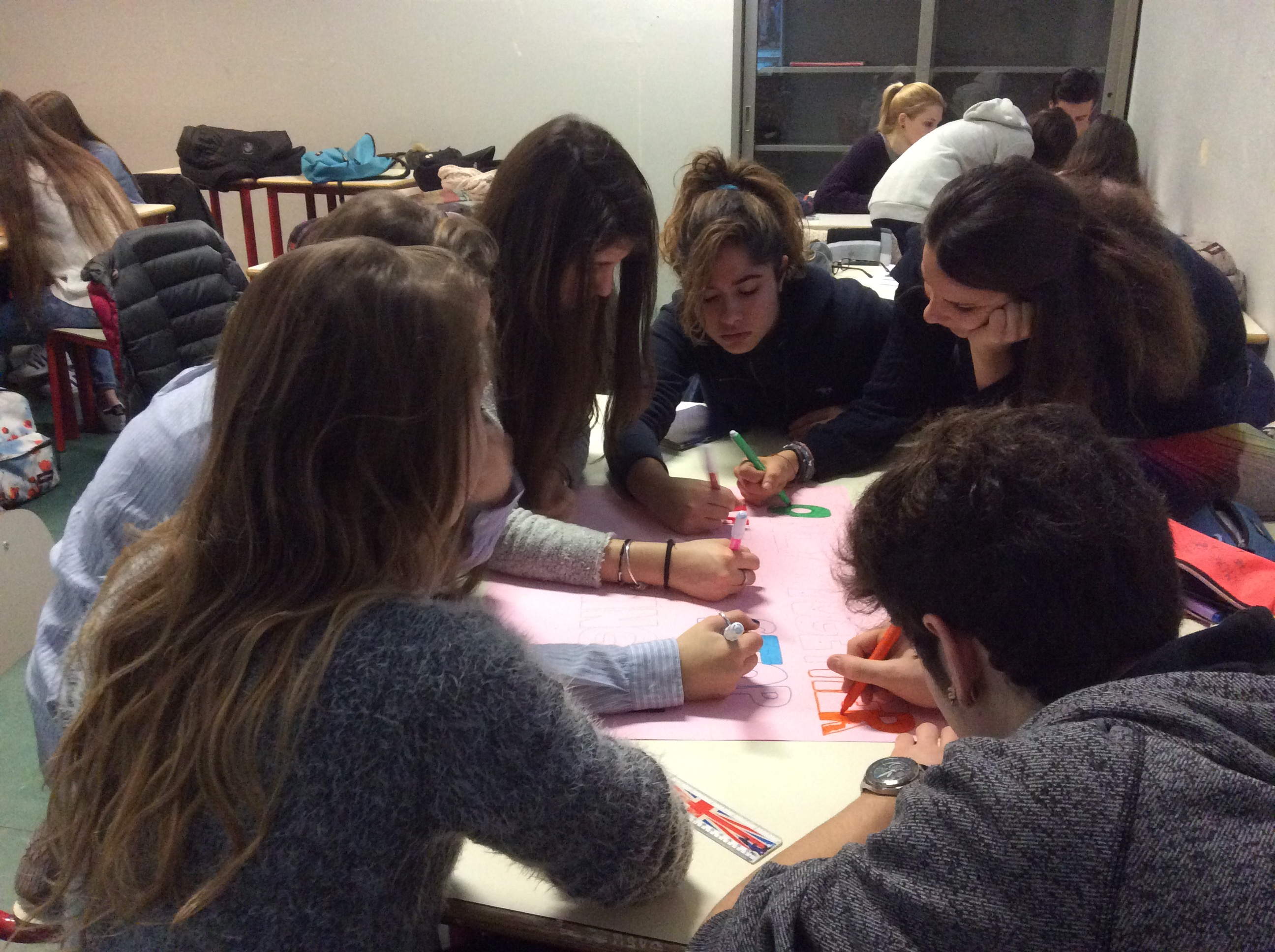
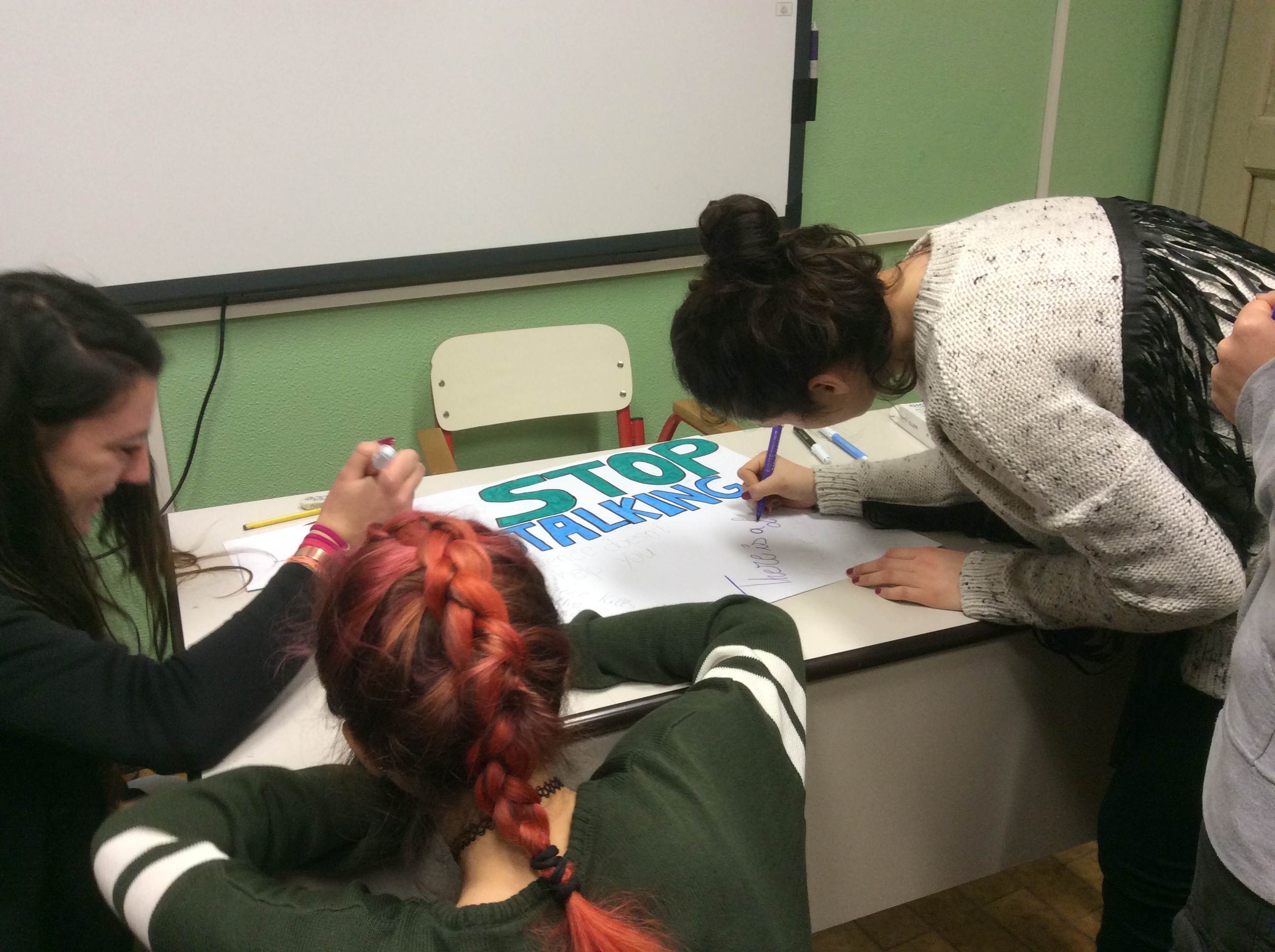
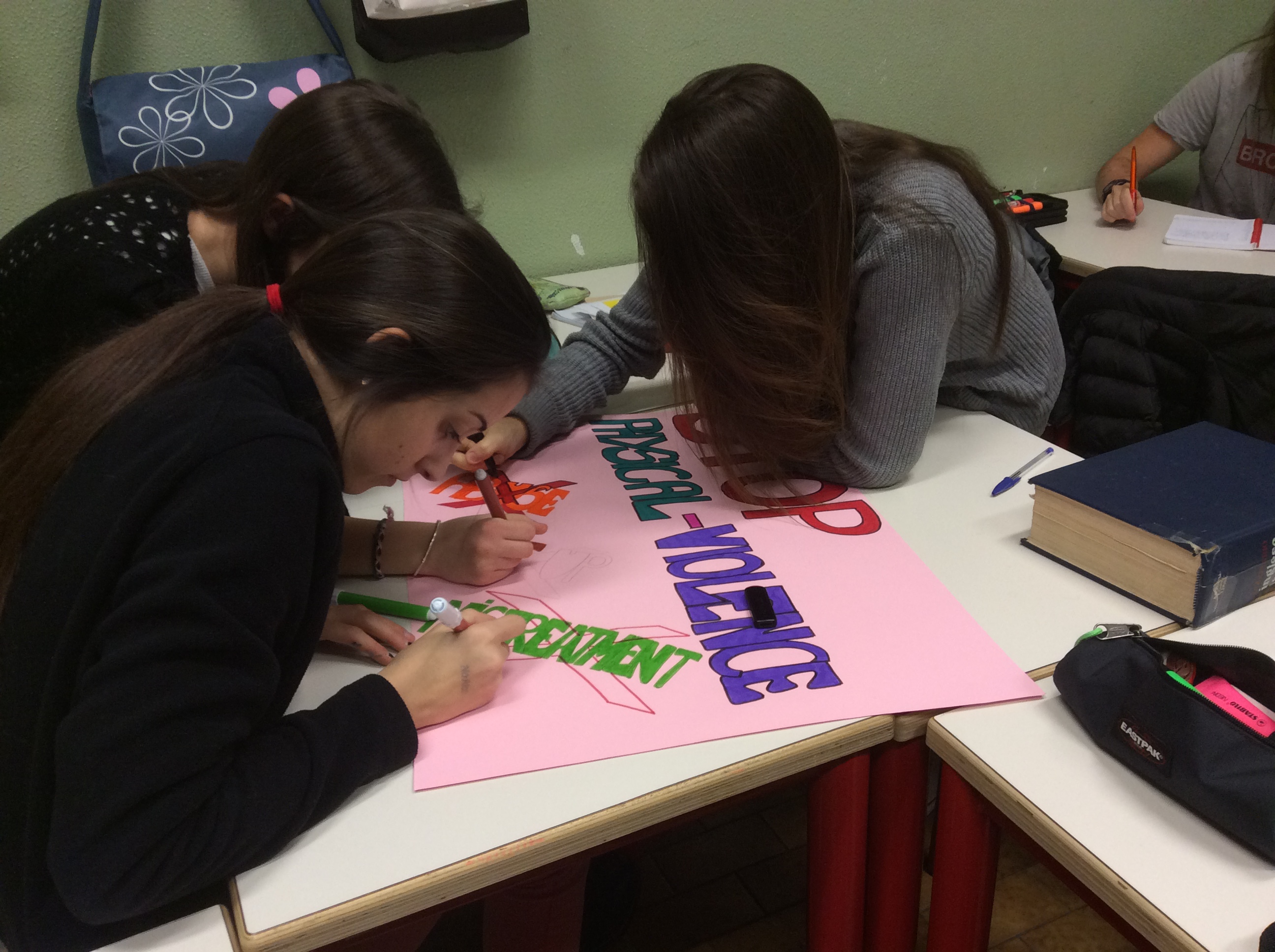
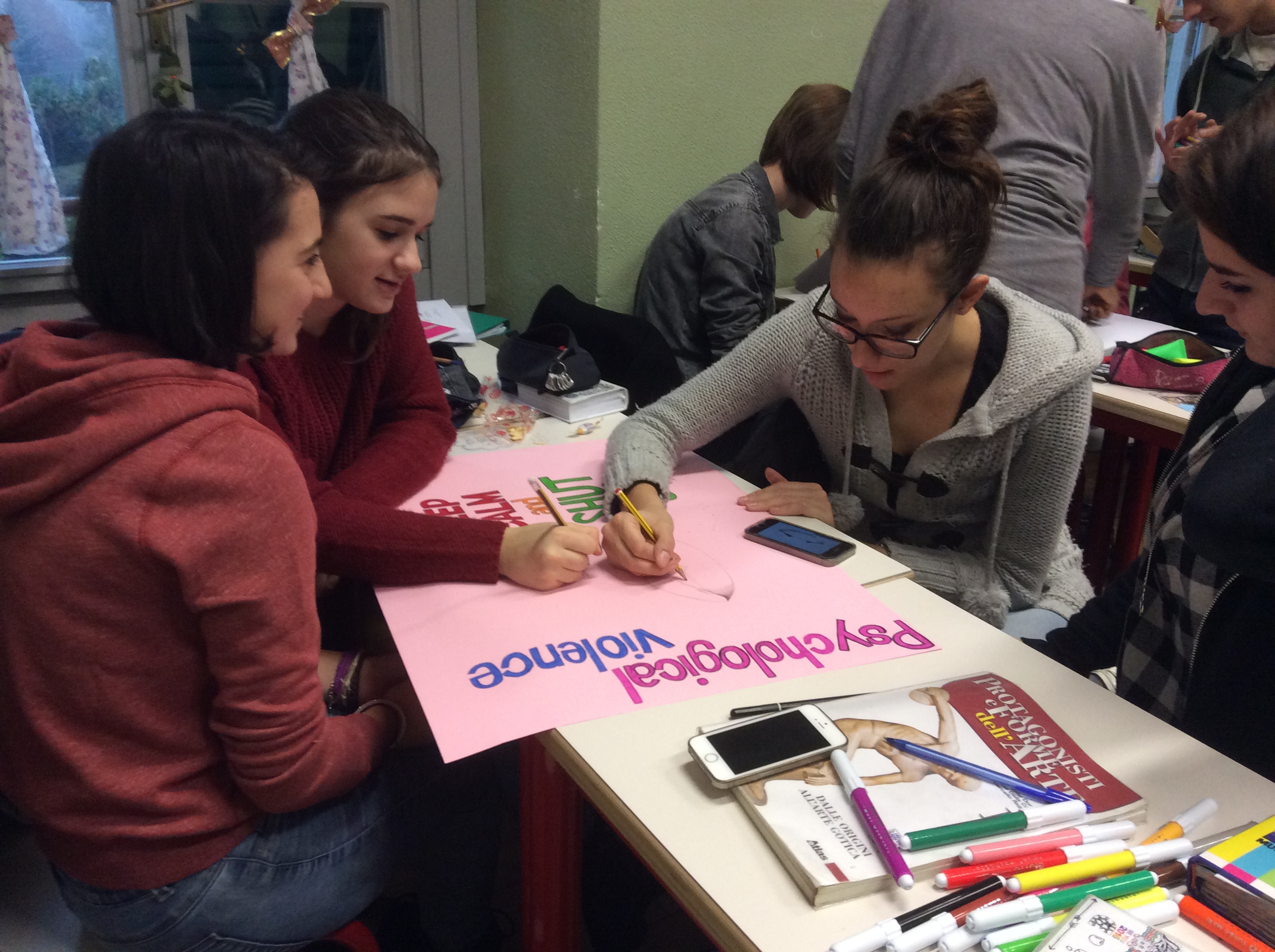
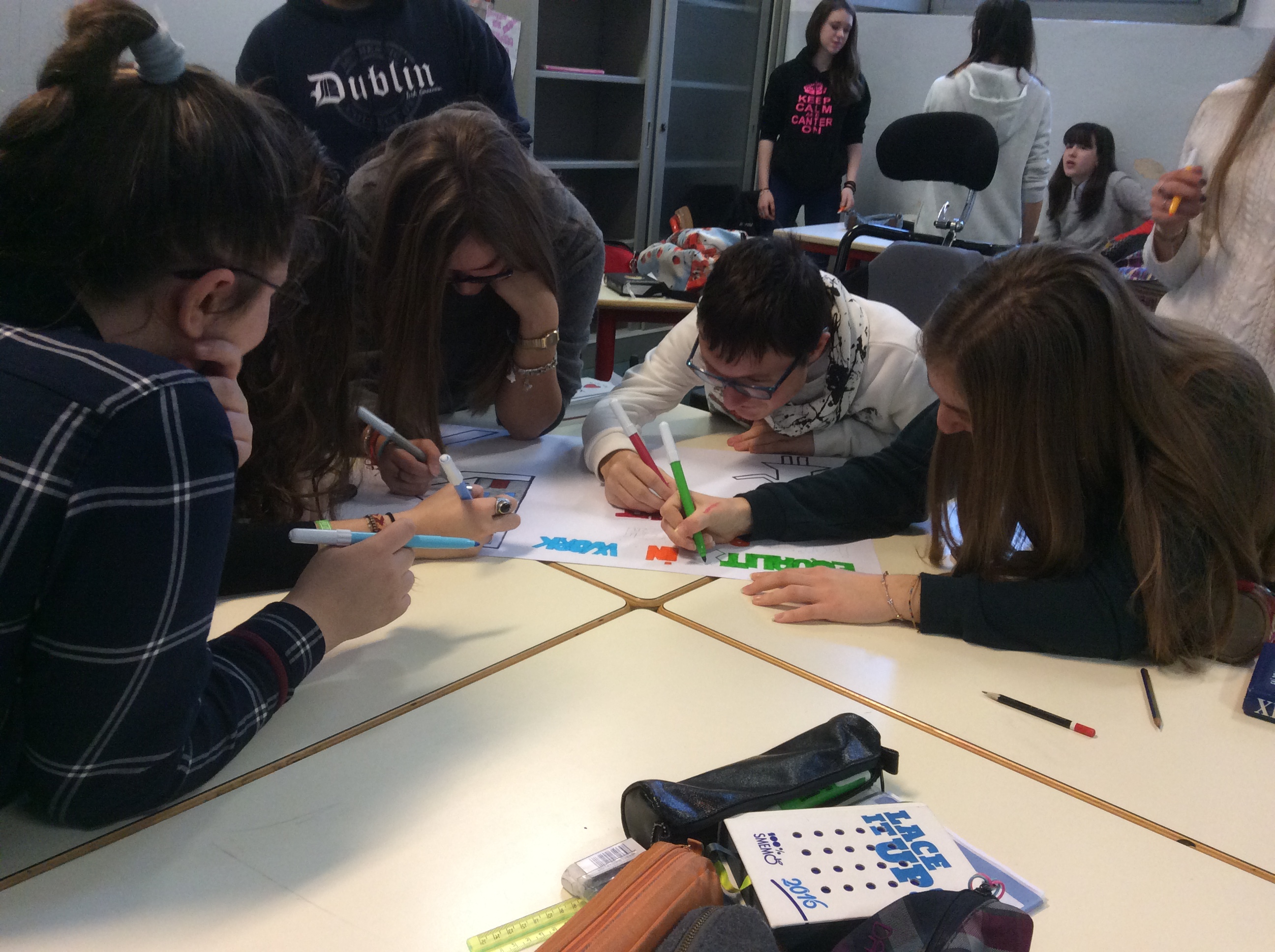

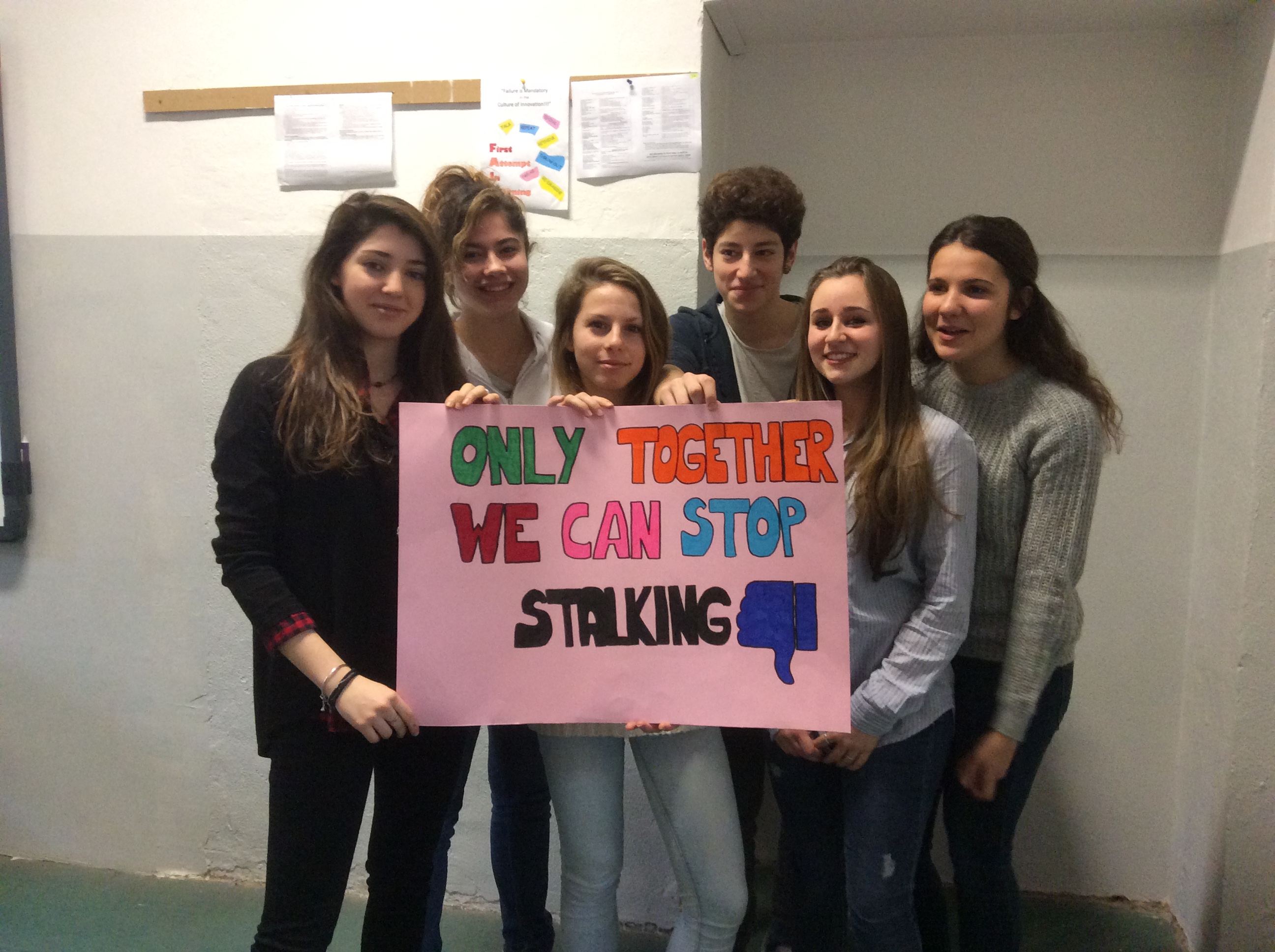
Slovak work and video:
